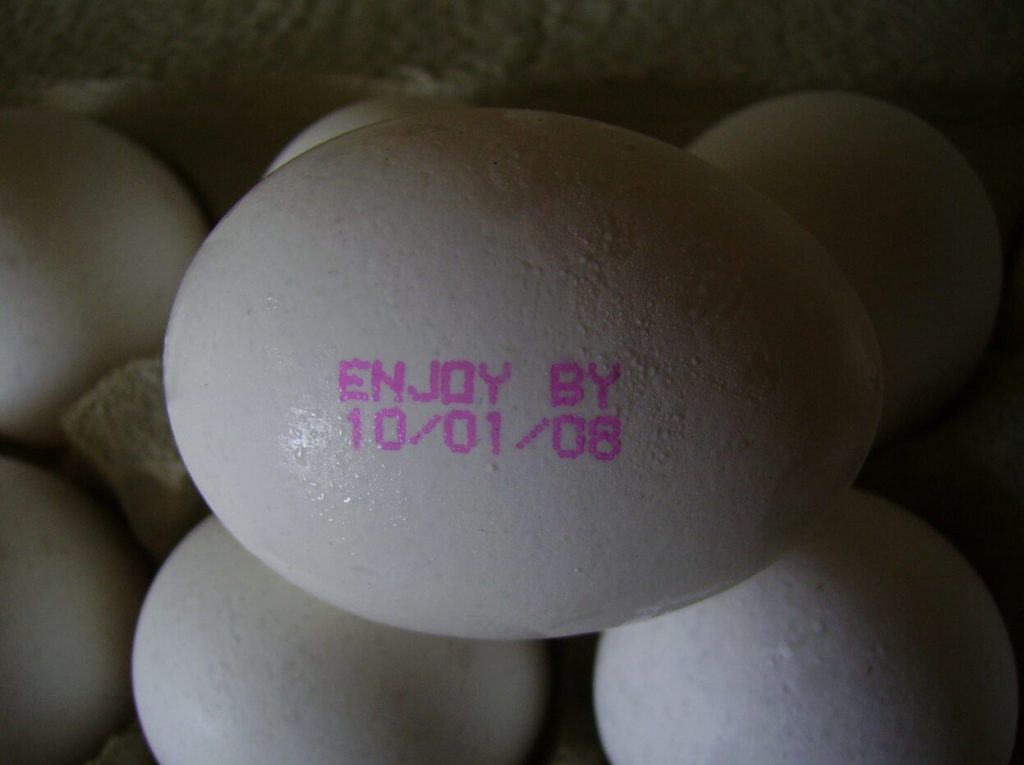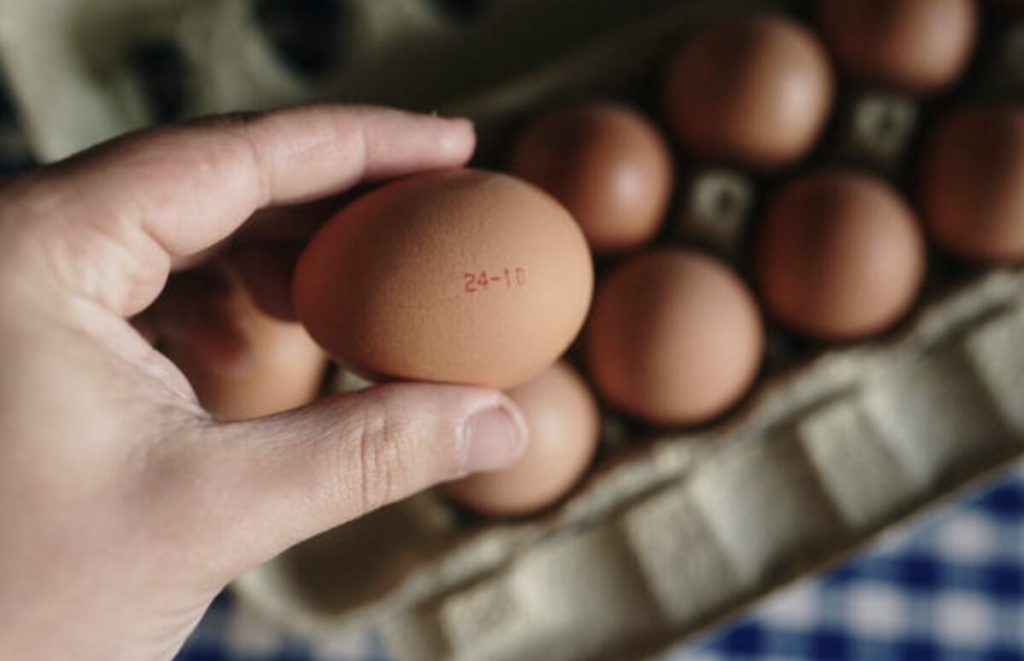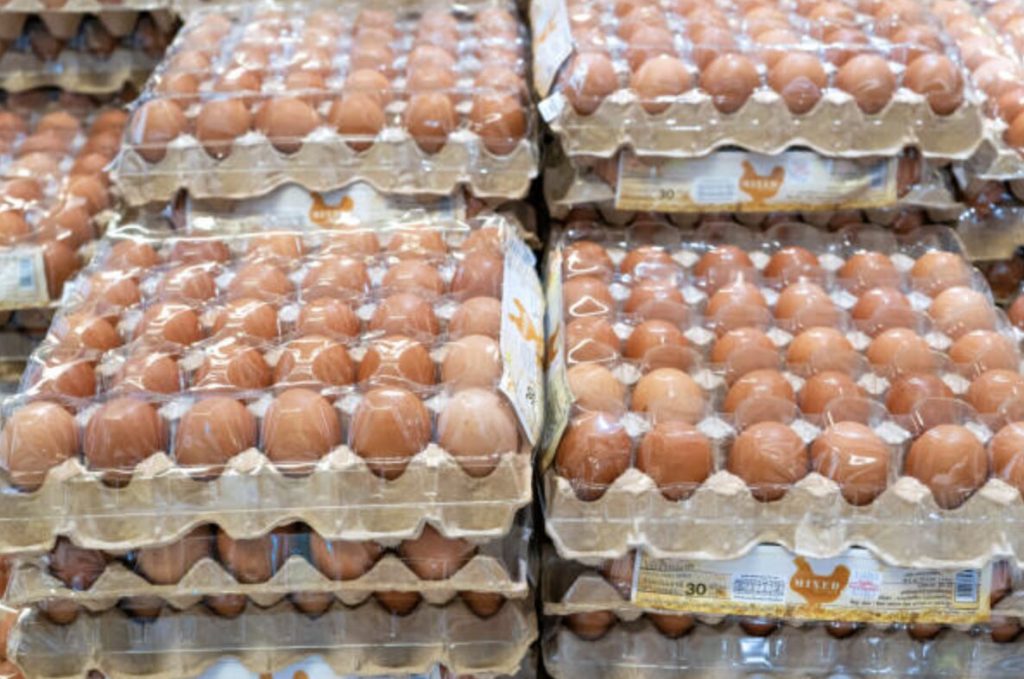Let’s face it, cracking an egg is one of life’s simplest pleasures. Whether whipping up a fluffy omelet, baking a cake, or throwing together a quick fried rice, eggs are the MVP of many meals. Yet, how many of us truly understand the significance of those mysterious codes printed on the egg carton? I promise, it’s not just for show.
Most of us grab our eggs from the supermarket, blissfully unaware that the numbers on the box can tell us a lot about what we’re putting in our frying pans and ovens. Intrigued? Buckle up, because you’re about to become an egg-carton-code sleuth!
First, let’s talk about the Julian date. Those three digits, which seem like a secret code, reveal the exact day the eggs were packed. The Julian date ranges from 001 to 365, representing January 1st to December 31st respectively. Spot a carton with the code 001? Congrats, you’ve got New Year’s eggs. See 365? Those were decked out for New Year’s Eve. Sherlock Holmes has nothing on you!
One day, I found myself staring suspiciously at a carton in my kitchen, those numbers taunting me to decode them. It was exhilarating, like solving a culinary mystery. “Aha!” I exclaimed. “These eggs were packed on March 15th!” Remembering the Julian date sure paid off that day.
But wait, there’s more! Enter the plant code, marked with a ‘P’. This tells you where your eggs were processed. It’s crucial when there’s a recall. Knowing this code can mean the difference between a sigh of relief and a fridge full of questionable eggs.

A few years back, there was a significant salmonella scare involving eggs. I freaked out at first, but then I remembered—check the plant code and Julian date. Crisis averted! Understanding these codes is like having a secret weapon in the battle for food safety.
Now, let’s tackle the topic of freshness. Eggs are good for about 30 days from the packing date, assuming they’re stored correctly. So, getting friendly with the Julian date means you won’t be biting into stale eggs anytime soon.
I’ve made it a ritual: Come home with new eggs, whip out the Julian date, do some quick math, and voilà! I know exactly how long I’ve got to make delicious dishes. Trust me, there’s nothing like the satisfaction of cooking with fresh eggs.
Okay, so you’ve cracked the Julian date and plant code. What else? Look for the USDA grade shield and labels like “pastured” or “organic.” These aren’t just fancy words—they signify quality. Grade AA eggs, with their thick whites and firm yolks, are your friends for frying or poaching. Grade A? Slightly less firm but still perfect for a killer cake or scramble.

If you’re a fan of free-range chickens, seek out “organic” or “pastured.” Organic eggs come from chickens munching on organic feed, sans antibiotics, while cage-free eggs hail from chickens living their best lives, grazing and feeding on real food.
Let me give you a real-world example. One Saturday morning, armed with my new egg knowledge, I set out to make the best omelet ever. I glanced at the Julian date and smiled—these eggs were packed just a week ago. I cracked a couple into a bowl, their yolks a rich, vibrant orange.
Adding a splash of milk, a pinch of salt, and freshly ground pepper, I whisked with anticipation. Melting a pat of butter in the skillet, I poured in the eggs and watched them rise splendidly. Topped with sautéed mushrooms and cheese, it was omelet perfection. Fresh eggs, people. Game changer.

So next time you handle a carton of eggs, don’t just toss it in your cart. Solve the mystery! Understanding the Julian date and plant code is your key to quality and safety, ensuring each bite you take is as fresh as can be.
Remember, a little egg knowledge goes a long way. Whether scrambling in the morning or baking in the evening, those codes on your carton are the unsung heroes of your culinary endeavors. And honestly, who wouldn’t want to impress their breakfast buddies with a little egg expertise?
Until next time, happy cracking!






